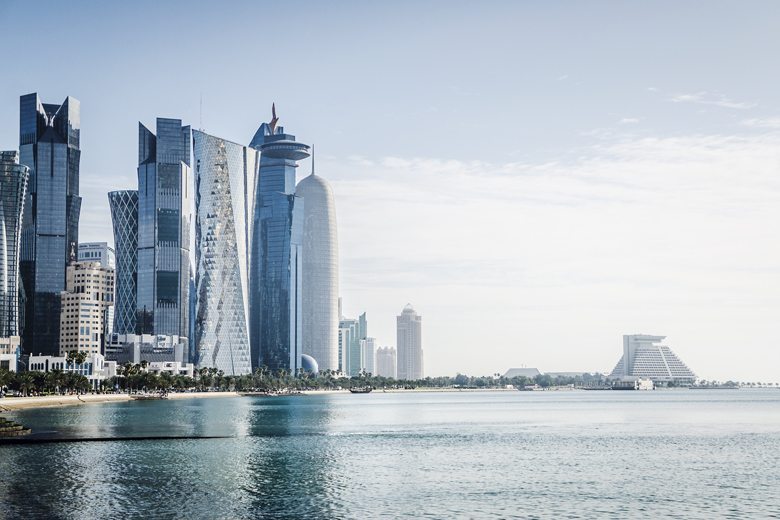

Job cuts in various sectors sparked depopulation fears in mid-2016
Qatars population reached 2.59 million as of end December 2016, according to data released by the Development Planning & Statistics Ministry.
The year-end population is about 7 per cent higher compared to the figure reported in January 2016 (2.42 million). The countrys population peaked at 2.64 million in November.
The year-end population is in line with the forecast of Washington-based International Monetary Fund (IMF) of 2.6 million.
There have been thousands of jobs cut in the energy sector as projects stalled and oil companies, in both the public and private sectors, cut spending in response to the decline in global oil prices in June 2014.
In January 2016, the job-cutting spread to the healthcare sector, with Emir Sheikh Tamim bin Hamad al-Thani announcing that both Hamad Medical Corporation and the Primary Health Care Corporation would be reorganised.
These developments sparked fears the country could face a depopulation problem in 2016, especially when the population figures dropped to 2.33 million in July 2016.
In August 2016, real estate consultancy DTZ released a report indicating that residential rental rates in Qatar fell by as much as 10 per cent in Dohas prime locations. The job redundancies in the government and hydrocarbons sector, which resulted in the departure of a significant number of white-collar expatriates, were partly blamed for the decline in rents. The report said the softening of the real estate sector was expected to be sustained as thousands of new residential units enter the market.
Qatar said it plans to award QR46.1bn ($12.7bn) of contracts on new projects in 2017, according to details of the state budget for this year. The budget, released in mid December 2016, indicated that spending on key projects, which includes ongoing schemes, will increase by 2.6 per cent to QR93.2bn from QR90.8bn.
The budget includes QR25bn of new contracts for infrastructure and transportation projects, QR8.5bn for 2022 World Cup schemes, QR5.8bn for the education and health sectors, and QR6.8bn for other sectors. The spending plans do not include oil and gas schemes.
Qatars budget for 2017 is forecast to run a deficit of QR28.3bn, based on revenues of QR170.1bn and spending of QR198.4bn. The budget deficit is 39.1 per cent less than the QR46.5bn budgeted for 2016. The budget is based on an average oil price of $45 a-barrel.
The Finance Ministry has said the aim of the budget is to increase the efficiency of public spending. As part of this drive it is merging ministries to save on salaries and expenditures.
Ironically, Qatar is expected to pass a law this month that will mandate raising the salaries of certain government employees by up to 100 per cent. Qatar is understood to have raised salaries for its citizens last in 2011 during the Arab Spring. At the time citizens were offered a salary raise of 60 per cent to pre-empt any negative sentiments that could potentially disrupt its political stability.
| Month | 2016 Population* |
|---|---|
| January | 2,423,175 |
| February | 2,545,603 |
| March | 2,526,994 |
| April | 2,559,267 |
| May | 2,587,564 |
| June | 2,477,113 |
| July | 2,326,465 |
| August | 2,401,598 |
| September | 2,553,393 |
| October | 2,611,522 |
| November | 2,637,302 |
| December | 2,597,453 |
| Average | 2,520,621 |
| *Does not include Qatari nationals and non-Qatari national with residency permits who were outside the state boundaries on 31 December, 2016 | |
| Source: Qatar Ministry of Development Planning & Statistics | |
You might also like...

Al Ula seeks equestrian village interest
26 April 2024

Morocco seeks firms for 400MW wind schemes
26 April 2024

Countries sign Iraq to Europe road agreement
26 April 2024

Jubail 4 and 6 bidders get more time
26 April 2024
A MEED Subscription...
Subscribe or upgrade your current MEED.com package to support your strategic planning with the MENA region’s best source of business information. Proceed to our online shop below to find out more about the features in each package.



